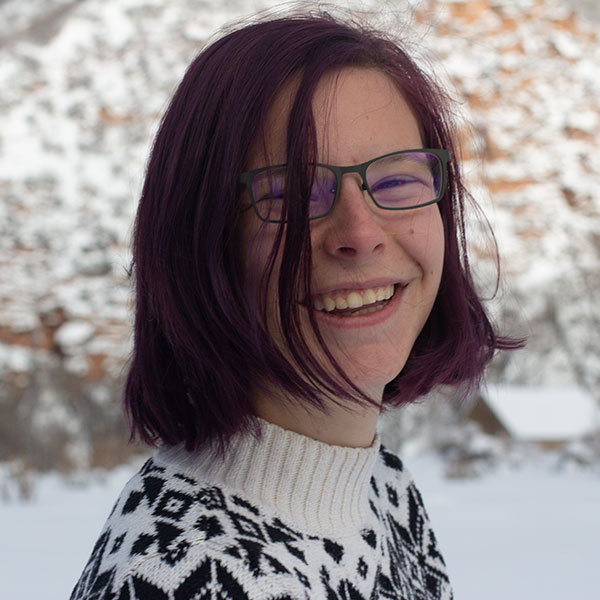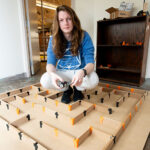
Wildfire Simulation Using Agent Based Modeling: Expanding Controlled Burn Seasons

Name: Morgan Kromer
Major: Mathematics
Minor: Statistical and Data Sciences
Advisor: Dr. Colby Long; Dr. Drew Pasteur (second reader)
The United States is home to many different and unique forests. Prior to the 21st century, the United States Forests Service assumed that the best way to protect these forests was to put all efforts to keeping them alive. An enemy to these efforts were wildfires, thus the US adopted a complete fire suppression approach.
At the turn of the century, the US realized that wildfires are a necessary part of a forest ecosystem, as they help return nutrients to the soil and reduce ground fuels. However, after suppressing all fires for over 100 years, the forests evolved into a weakened state, making them prone to large scale, destructive wildfires. Paired with a changing climate, fires are now costing billions of dollars each year, with no expectation of changing.
One way to help reduce the threat wildfires pose to surrounding communities is to participate in a series of prescribed burns. These burns allow the forests to participate in their natural ecological life cycle, while making sure that personnel are on hand to contain the fire before it spreads out of control. The issue is the time of year in which the environmental conditions are deemed safe for controlled burns is decreasing, while the time of year in which uncontrollable wildfires are occurring is increasing.
To help expand the amount of time each year in which controlled burning can happen, I used agent-based modeling to help examine the effect extreme conditions have on wildfires. By better understanding how the conditions are affecting the size, spread, intensity, and speed of a fire, it is easier to predict how an actual fire will respond to more extreme conditions. Those findings can help to increase the amount of time a community can do controlled burning, as it can help communities know how the controlled burns could possibly spread out of control.
Posted in Comments Enabled, Independent Study, Symposium 2022 on April 26, 2022.
6 responses to “Wildfire Simulation Using Agent Based Modeling: Expanding Controlled Burn Seasons”
Related Posts
Related Areas of Study
Statistical & Data Sciences
Use statistics, math, and computer science to gain insights into data and solve real-world problems.
Major MinorMathematics
Numbers + patterns + structures multiplied by a zest for analysis and inquiry
Major Minor


Morgan, excellent paper! Certainly one of the greatest challenges facing land managers is getting the public to buy into the treatment options that mitigate wild fire. Logging, thinning operations and prescribe burns are generally not viewed favorably . Papers that analysis the need for and the opportunity to conduct such mitigation actions are vital to people’s understanding!
Good job!!
Great work! I just saw these issues live in the Florida Keys last month- great teams working on controlled burns and better public policy- and also working with photographers to capture the incredible power of nature and the brave and brilliant folks managing and fighting fires. Perhaps your next stop?
Best wishes,
Julia Klein ‘83
Trustee
Congrats on completing your project Morgan!!!!! This is such an important issue and it’s really cool how you connected your IS to your own community.
Morgan, Great job! It can be surprising that going in to burn the forest actually helps the forest! Did you look into how this (and logging) affect the carbon dioxide levels in the atmosphere?
Well done Morgan! Very cool that you got to work on a topic so close to home.
Congrats Morgan!! So so proud of you!